Home>Gardening & Outdoor>Landscaping Ideas>When Is It Too Late To Plant Grass Seed
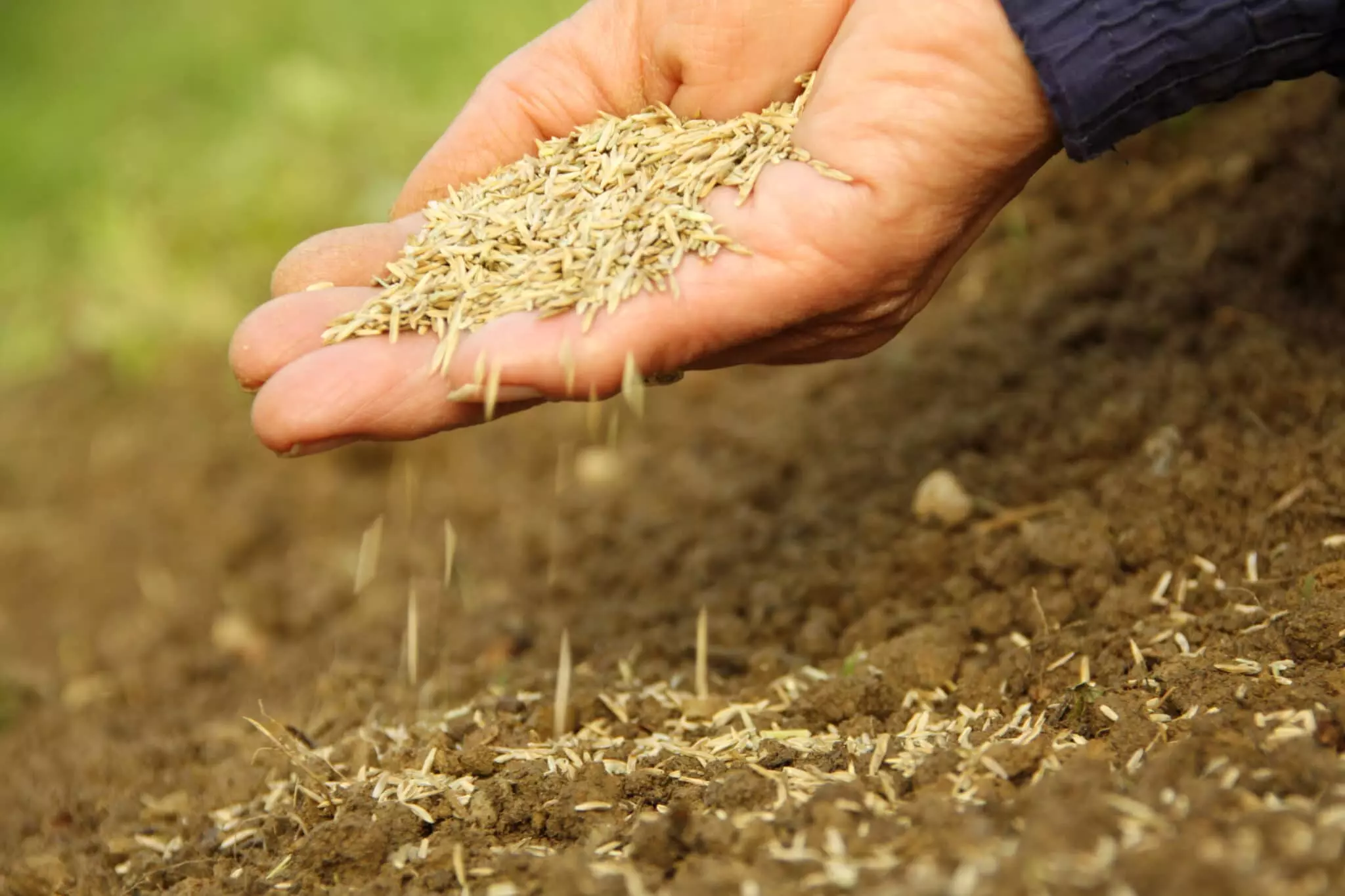

Landscaping Ideas
When Is It Too Late To Plant Grass Seed
Modified: April 1, 2024
Learn the best landscaping ideas for planting grass seed and find out when it's too late to start. Create a lush lawn with expert tips and guidance.
(Many of the links in this article redirect to a specific reviewed product. Your purchase of these products through affiliate links helps to generate commission for Storables.com, at no extra cost. Learn more)
Factors to Consider Before Planting Grass Seed
Factors to Consider Before Planting Grass Seed
When embarking on the journey of planting grass seed, several crucial factors should be taken into account to ensure successful growth and a thriving lawn. Understanding these elements can significantly impact the outcome of your landscaping efforts. Here are the key factors to consider before sowing grass seed:
-
Climate and Weather Conditions: The climate of your region plays a pivotal role in determining the success of grass seed planting. Different grass species thrive in specific climate zones, so it's essential to choose a seed variety suited to your local climate. Factors such as temperature, precipitation, and frost dates should be carefully evaluated to select the most appropriate time for planting.
-
Soil Quality: The condition of the soil is a critical factor that directly influences the germination and growth of grass seed. Conducting a soil test to assess its pH level, nutrient content, and texture can provide valuable insights. Based on the results, necessary amendments can be made to optimize the soil for successful seed establishment.
-
Sunlight Exposure: Understanding the sunlight patterns in your lawn area is essential for selecting the right type of grass seed. Some varieties thrive in full sunlight, while others are more suitable for shaded areas. Evaluating the amount of sunlight your lawn receives throughout the day will guide you in choosing the appropriate grass species for optimal growth.
-
Watering and Drainage: Adequate water supply and proper drainage are crucial for the germination and establishment of grass seed. Assessing the water retention and drainage capabilities of the soil can help determine the frequency and volume of watering required for the newly planted seeds.
-
Weed and Pest Control: Identifying potential weed and pest issues in the area where the grass seed will be planted is essential for preemptive measures. Implementing weed control strategies and pest management practices before planting the seeds can prevent potential threats to the emerging grass.
-
Maintenance Commitment: Planting grass seed requires a commitment to ongoing maintenance, including watering, mowing, fertilizing, and weed control. Consider your availability and willingness to dedicate time and effort to lawn care, as this will directly impact the success of the newly planted grass seed.
By carefully considering these factors before planting grass seed, you can set the stage for a healthy and vibrant lawn that enhances the beauty of your outdoor space. Each element plays a crucial role in the overall success of the grass seed establishment process, making informed decisions essential for achieving the desired results.
Best Time to Plant Grass Seed
Key Takeaways:
- Timing is crucial when planting grass seed. Consider climate, soil, sunlight, and maintenance commitment for a healthy lawn.
- Late-season planting? Choose quick-germinating seeds, prepare soil, monitor moisture, use starter fertilizer, and protect from frost for success.
Read more: When Is It Too Late To Cut Grass
Best Time to Plant Grass Seed
Choosing the optimal time to plant grass seed is a pivotal decision that significantly influences the success of lawn establishment. The timing of seeding directly impacts the germination, growth, and overall health of the grass. Understanding the best time to plant grass seed involves considering various factors, including climate, soil conditions, and the specific grass species being sown. Here’s a comprehensive guide to determining the best time for planting grass seed:
-
Spring Planting: Spring is widely regarded as one of the best times to plant grass seed in many regions. As temperatures begin to rise and the soil warms up, the conditions become favorable for seed germination and rapid grass growth. Spring planting allows the grass to establish strong roots before the onset of summer heat, setting the stage for a lush and healthy lawn.
-
Fall Planting: Fall is another prime window for planting grass seed, especially for cool-season grasses. As the summer heat subsides and cooler temperatures prevail, the soil retains warmth while moisture levels are generally higher. These conditions create an ideal environment for seed germination and root development, leading to robust grass growth before winter dormancy.
-
Specific Grass Species: The best time to plant grass seed can vary based on the specific species being sown. Warm-season grasses, such as Bermuda grass and Zoysia grass, thrive when planted in late spring to early summer when soil temperatures are consistently warm. In contrast, cool-season grasses like Kentucky bluegrass and fescue are best planted in early fall or early spring, aligning with their natural growth patterns.
-
Local Climate Considerations: Understanding the climate and weather patterns in your region is crucial for determining the best time to plant grass seed. Factors such as average frost dates, temperature fluctuations, and precipitation trends should be taken into account to identify the most favorable planting window. Adapting the timing to suit the local climate can enhance the success of grass seed establishment.
Ultimately, the best time to plant grass seed is a strategic decision that hinges on a combination of seasonal cues, grass species characteristics, and local climate dynamics. By aligning the seeding schedule with the most conducive conditions, homeowners and landscapers can maximize the potential for healthy grass growth and a vibrant, resilient lawn.
When It May Be Too Late to Plant Grass Seed
It is generally best to plant grass seed in the late summer or early fall, as this gives the seeds time to establish before winter. Planting too late in the fall may not allow the seeds enough time to grow before the cold weather sets in.
When It May Be Too Late to Plant Grass Seed
While the timing of planting grass seed is crucial for successful lawn establishment, there are instances when it may be considered too late to sow new seeds. Understanding these scenarios can help homeowners and landscapers make informed decisions and avoid potential challenges associated with late-season planting. Here are the key indicators of when it may be too late to plant grass seed:
-
Approaching Winter Conditions: In regions where winter brings freezing temperatures and snow cover, it may be too late to plant grass seed as the growing season comes to a close. As the days shorten and the soil cools, newly sown seeds may not have sufficient time to germinate and establish before the onset of winter dormancy. In such circumstances, the energy and resources required for seedling survival may be compromised, leading to poor germination and weakened grass growth.
-
Extended Heat Stress: In areas experiencing prolonged heat stress and drought conditions, late-season planting may pose challenges for the newly sown grass seeds. High temperatures can impede germination and hinder root development, increasing the vulnerability of the emerging grass to heat-related stress. Without adequate time to establish resilient roots and foliage before extreme summer conditions, late-planted grass seed may struggle to survive and thrive.
-
Unpredictable Weather Patterns: When unpredictable weather patterns, such as erratic temperature fluctuations or unseasonal precipitation variations, are prevalent, it may be too late to plant grass seed with confidence. Uncertain weather can disrupt the germination process and compromise the early growth stages of newly planted grass, diminishing the likelihood of successful establishment.
Recognizing the limitations imposed by approaching winter conditions, prolonged heat stress, and unpredictable weather patterns is essential for determining when it may be too late to plant grass seed. While each region’s climate and seasonal dynamics vary, the overarching goal is to provide the newly sown seeds with the best possible conditions for robust growth and long-term resilience.
By assessing these factors and considering the local climate trends, homeowners and landscapers can make informed decisions regarding the timing of grass seed planting, optimizing the potential for a healthy and vibrant lawn.
Tips for Planting Grass Seed Late in the Season
Tips for Planting Grass Seed Late in the Season
While late-season grass seed planting presents unique challenges, implementing strategic approaches can enhance the prospects of successful establishment and robust growth. By incorporating targeted techniques and proactive measures, homeowners and landscapers can optimize the potential for late-planted grass seed to thrive. Here are valuable tips for planting grass seed late in the season:
-
Choose Quick-Germinating Varieties: Select grass seed varieties known for their rapid germination and establishment, especially when planting late in the season. Quick-germinating seeds can expedite the growth process, allowing the grass to develop resilient roots and foliage before encountering adverse weather conditions or winter dormancy.
-
Prepare the Soil Thoroughly: Prior to seeding, ensure that the soil is adequately prepared to provide an optimal environment for seed germination and root development. Loosening the topsoil, addressing compaction, and incorporating organic matter can improve the soil’s structure and nutrient availability, fostering favorable conditions for late-planted grass seed.
-
Monitor Moisture Levels: Adequate moisture is essential for the successful germination and early growth of late-planted grass seed. Regularly monitor the soil moisture levels and adjust watering practices as needed to sustain optimal conditions for seedling development. Mulching can also help retain soil moisture and protect emerging grass seedlings.
-
Implement Starter Fertilization: Applying a high-phosphorus starter fertilizer when planting grass seed late in the season can provide essential nutrients to support root establishment and initial growth. The phosphorus component aids in root development, enhancing the seedlings’ ability to access water and nutrients from the soil.
-
Protect from Frost and Extreme Cold: Late-planted grass seed may be vulnerable to frost and extreme cold, especially in regions with early winter onset. Implement protective measures such as covering the seeded area with frost blankets or straw to shield the emerging grass from temperature extremes, ensuring a conducive environment for germination and early growth.
By incorporating these tips for planting grass seed late in the season, homeowners and landscapers can mitigate the challenges associated with late-season planting and increase the likelihood of successful grass establishment. While the window for late planting may present limitations, strategic approaches and attentive care can empower late-planted grass seed to develop into a resilient and thriving lawn.
Frequently Asked Questions about When Is It Too Late To Plant Grass Seed
Was this page helpful?
At Storables.com, we guarantee accurate and reliable information. Our content, validated by Expert Board Contributors, is crafted following stringent Editorial Policies. We're committed to providing you with well-researched, expert-backed insights for all your informational needs.
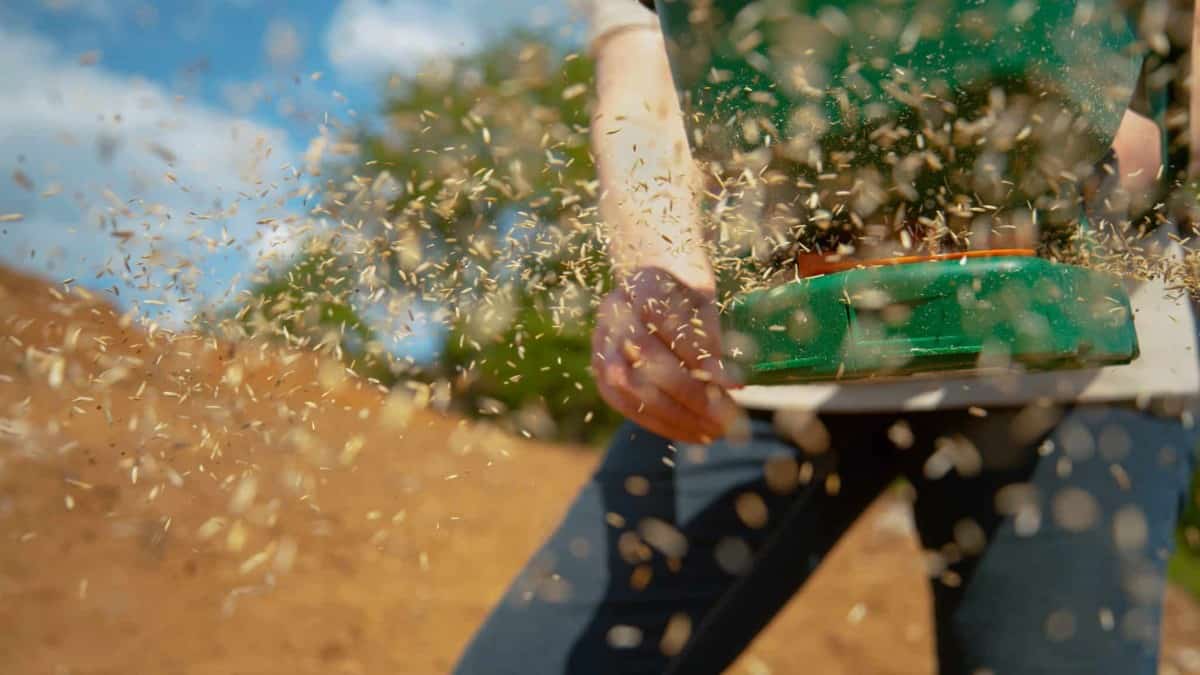
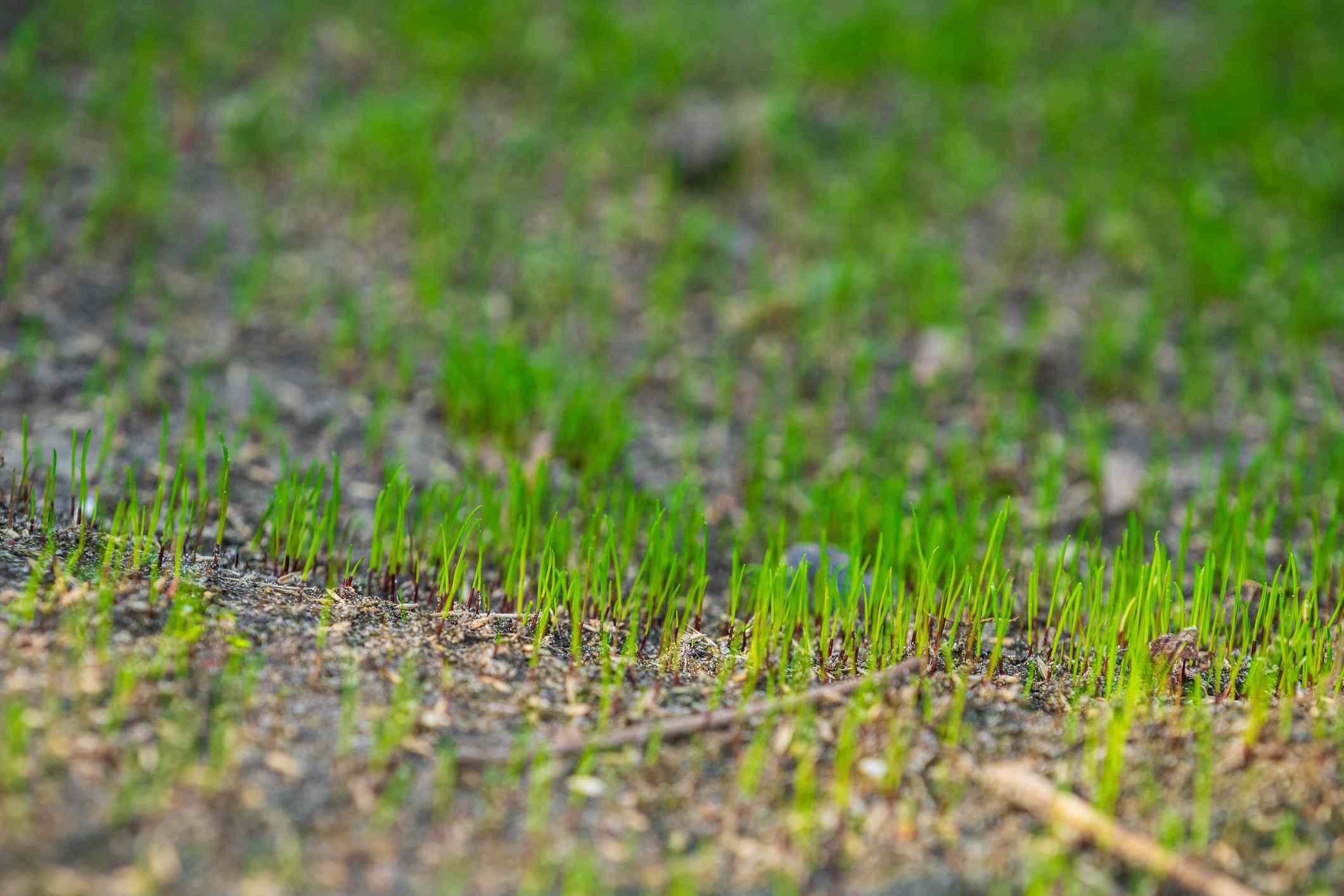
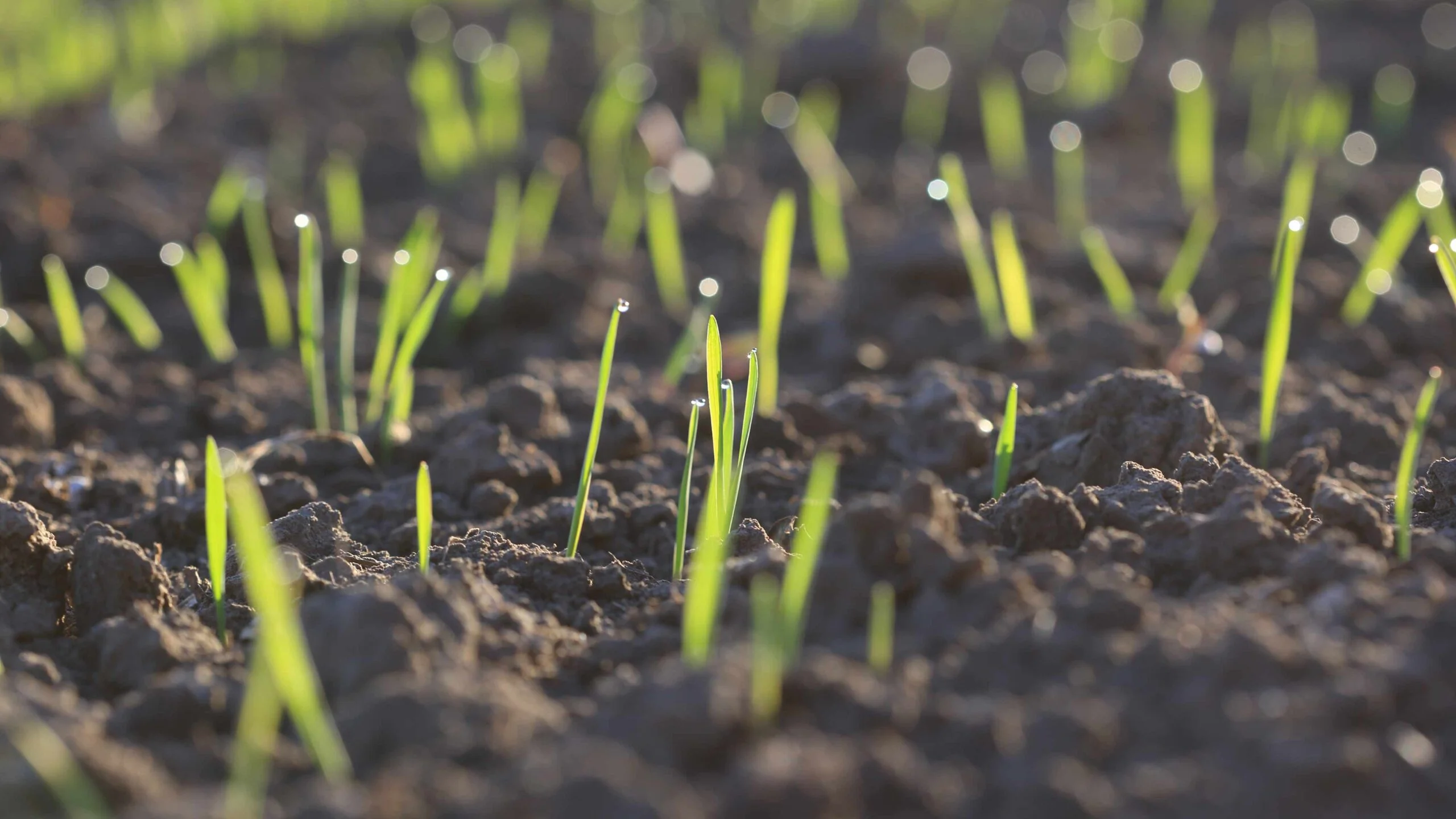
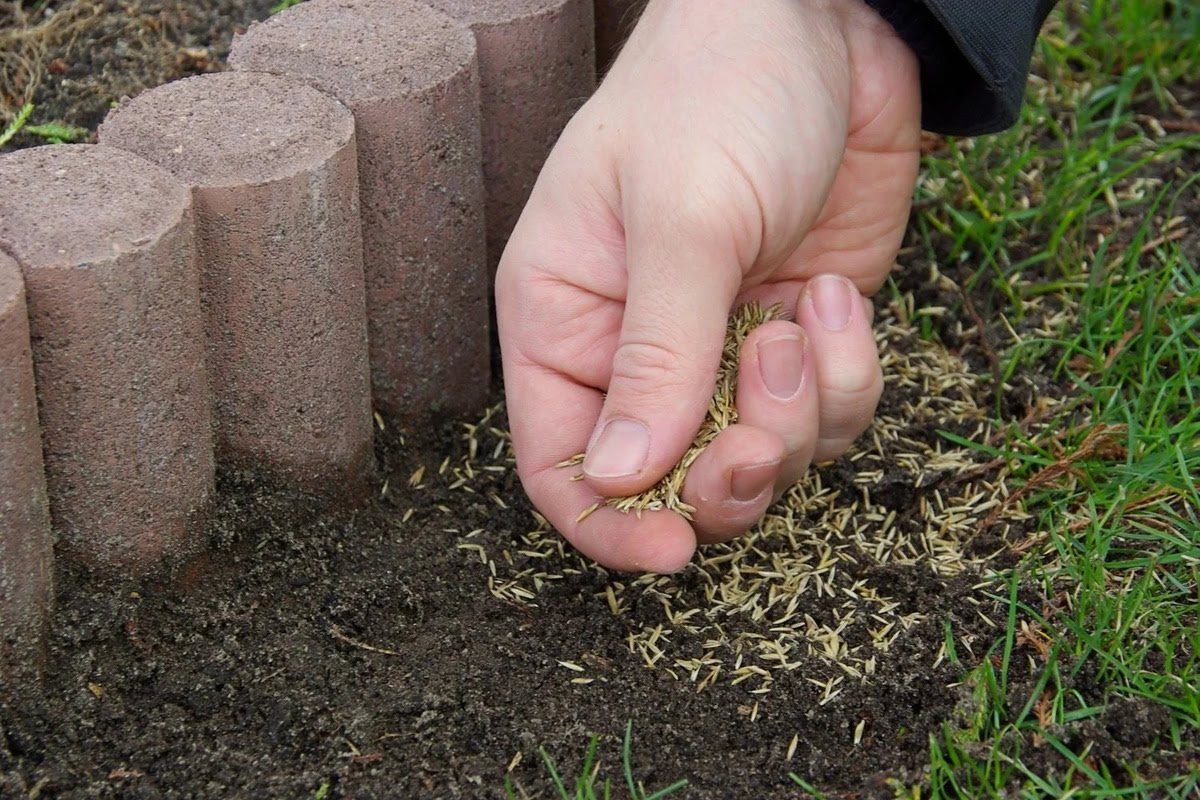
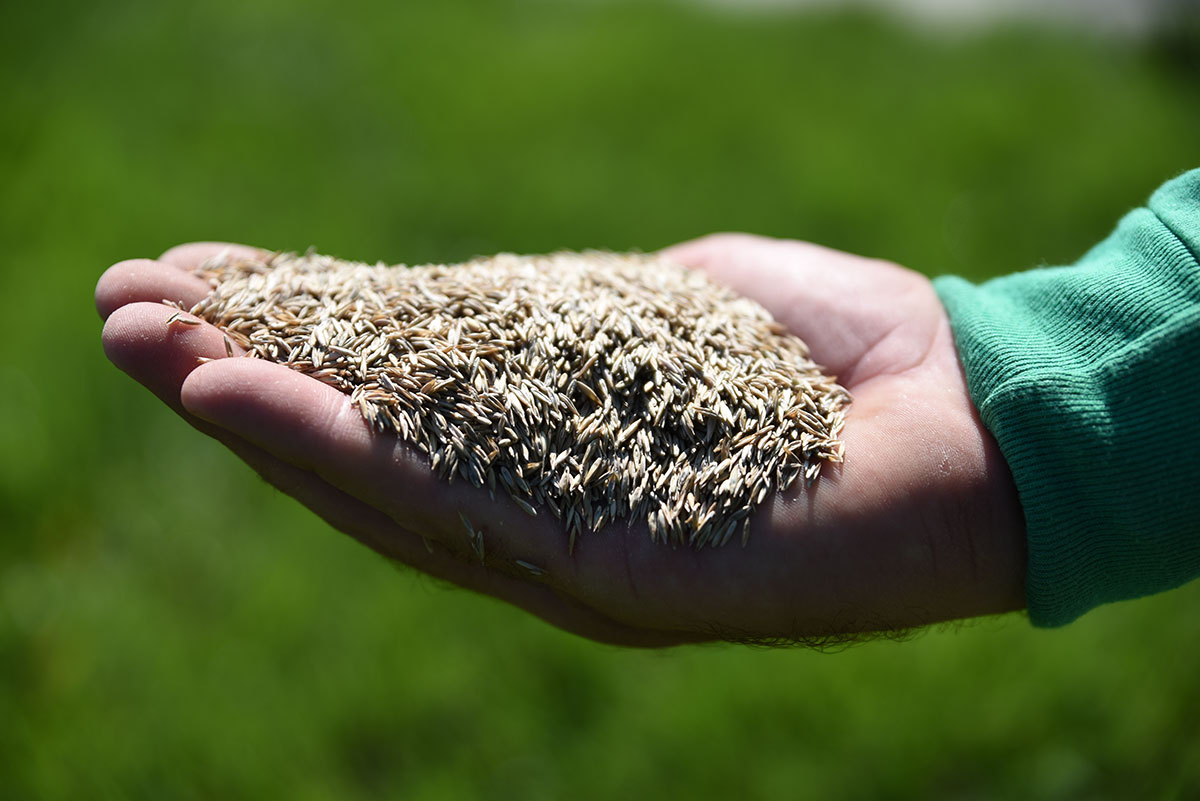
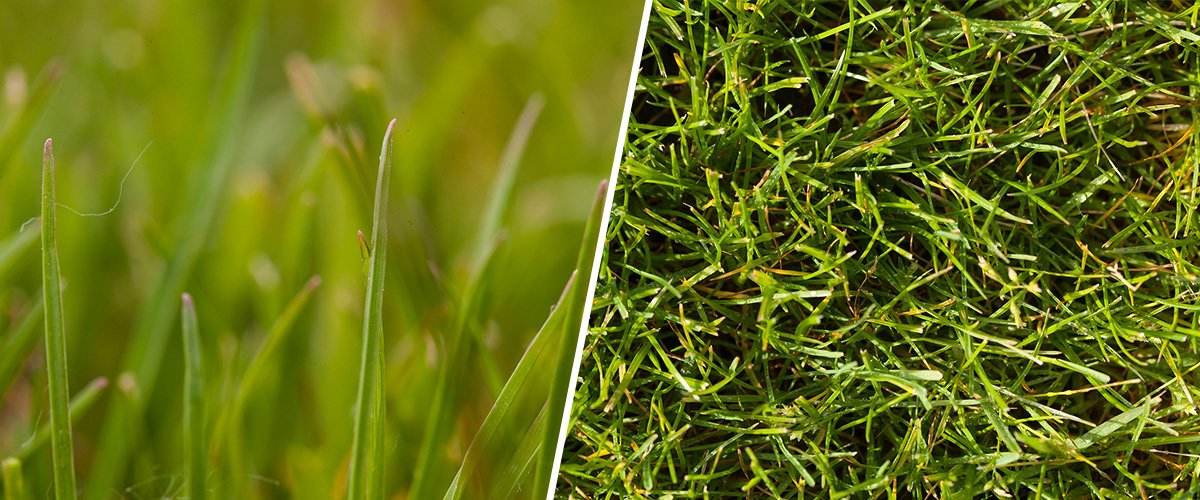
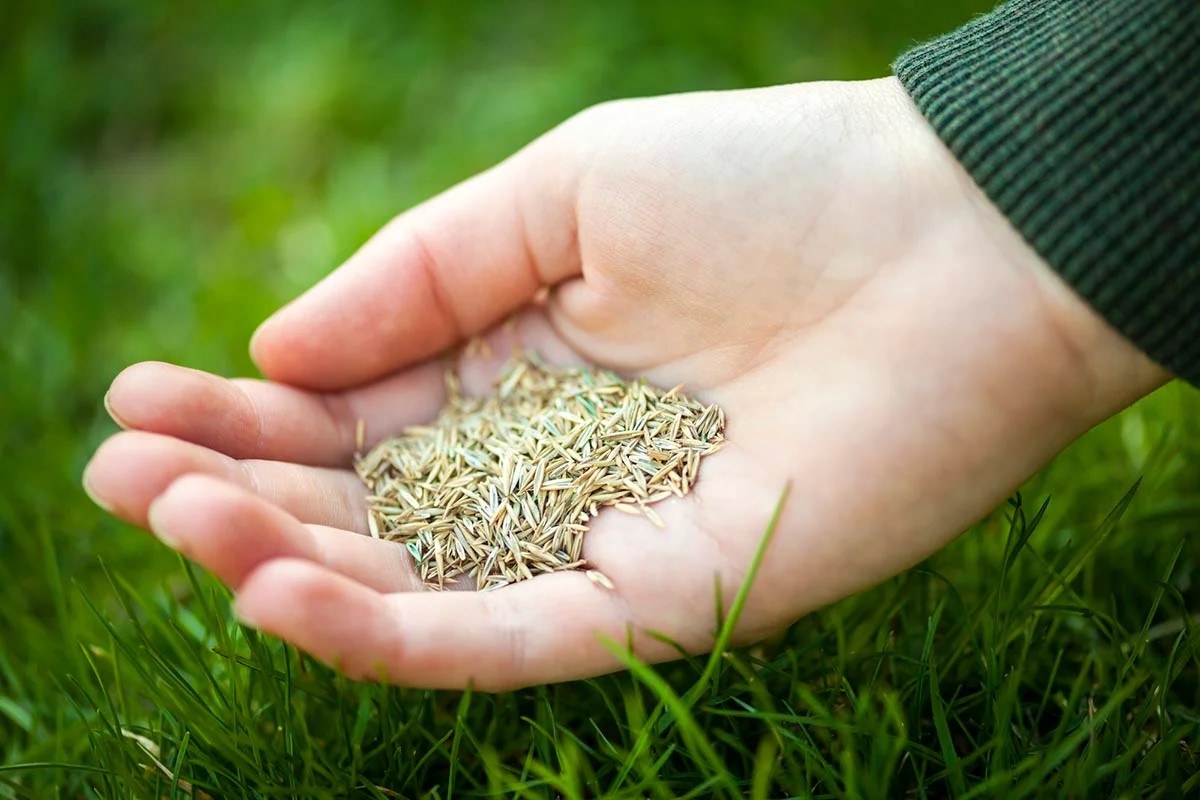
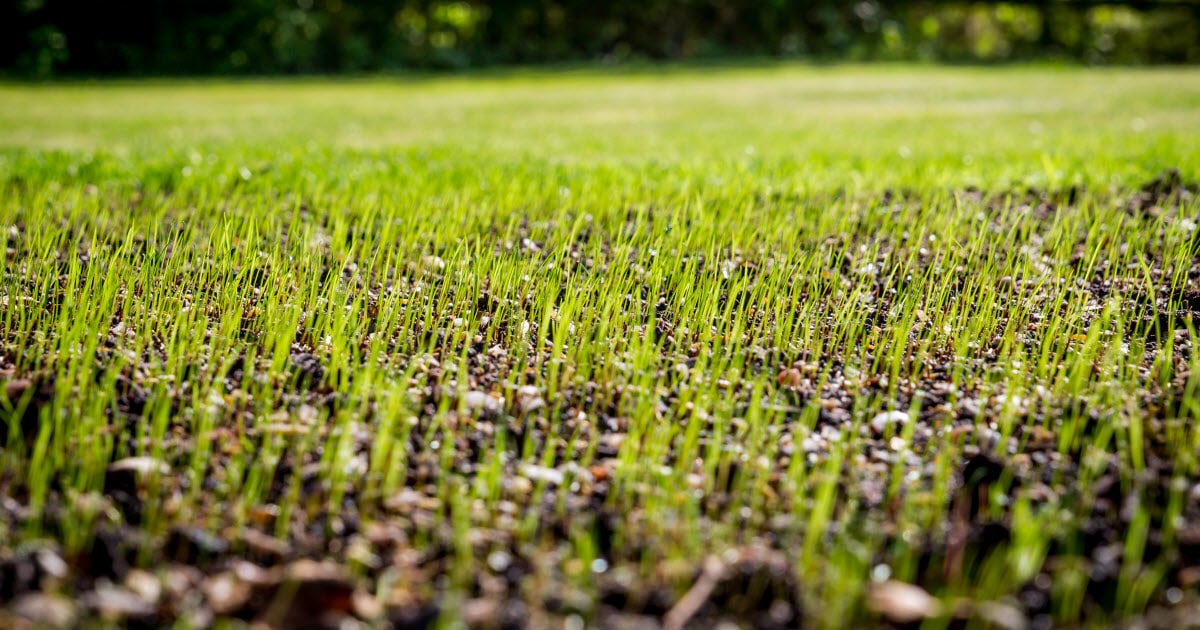
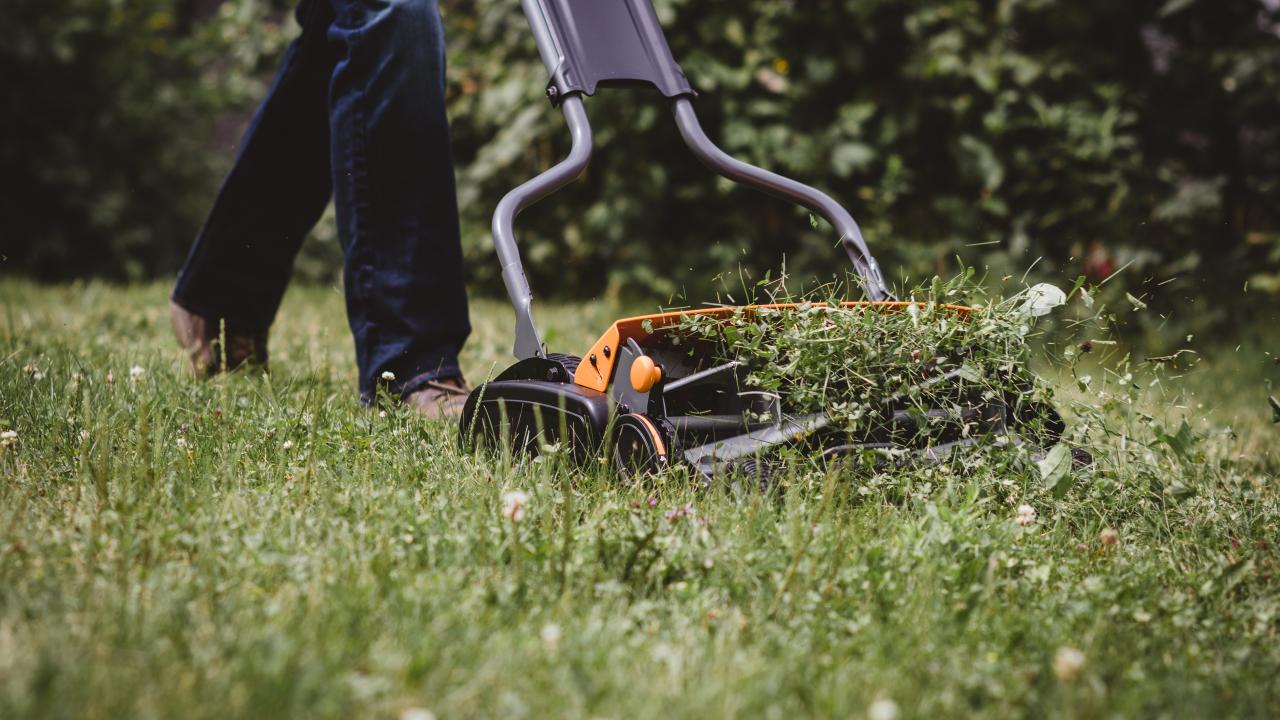
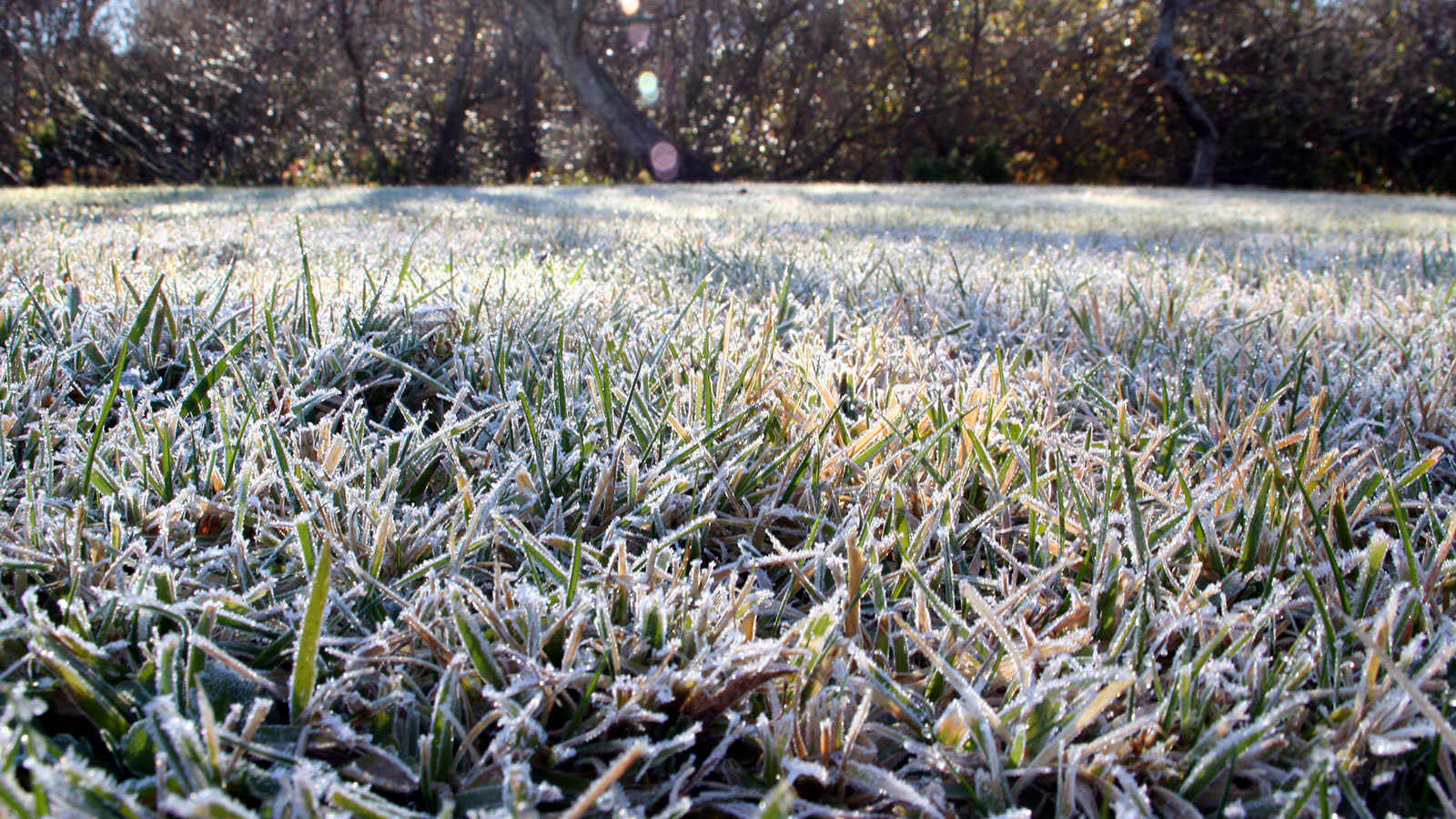






0 thoughts on “When Is It Too Late To Plant Grass Seed”